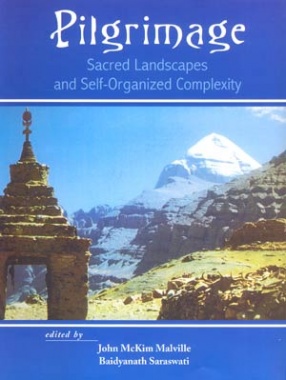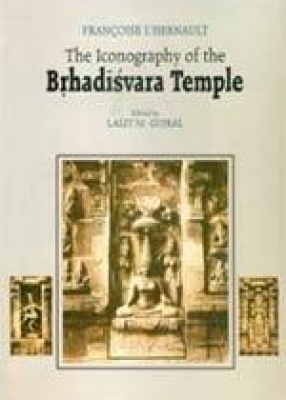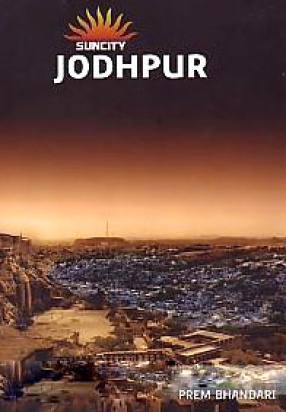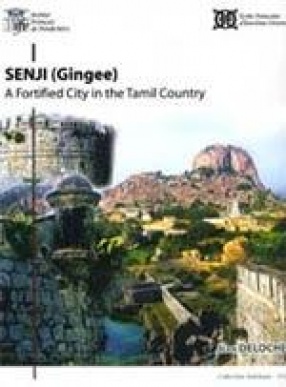The essays in the Volume explore the symbolic geometry which helped organise the integrated life of traditional cities. Geometries that were cosmic in intent intertwined the three traditional realms of the universe, the celestial macrocosm, the mesocosm, and human microcosm. In these cities, people were not isolated from the large universe. Their lives acquired a certain cosmic meaning by the geometrical structures of the cities they inhabited. The seven technical papers in the volume endeavour to re-create as fully as possible the mind-scape of the people as it effected the structures of their cities. The cities and landscapes described cover a time span of over 4,500 years from the Harappan city of Dholavira to the great empire of Vijayanagara. Kings and architects intentionally designed some of the cosmic geometries of these cities. Recent discoveries of astronomical alignments in Vijayanagara, Varanasi, and Chitrakuta are presented. These discoveries result partly from precise measurement by the global positioning system (GPS) of satellites. The north-south axis of Vijayanagara is revealed as the most accurate astronomical alignment that has yet been found in the ancient world. It is hoped that this interdisciplinary study of the subject will facilitate a deeper comprehension of the relationship of the physico-cultural, economic dimensions, and the planning and organization of specific territory.
Ancient Cities, Sacred Skies
In stock
Free & Quick Delivery Worldwide
reviews
Bibliographic information
Title
Ancient Cities, Sacred Skies
Author
Edition
1st ed.
Publisher
ISBN
8173051895
Length
xii+138p., Figures; Plates; Maps; References; Glossary; Index; 29cm.
Subjects







There are no reviews yet.